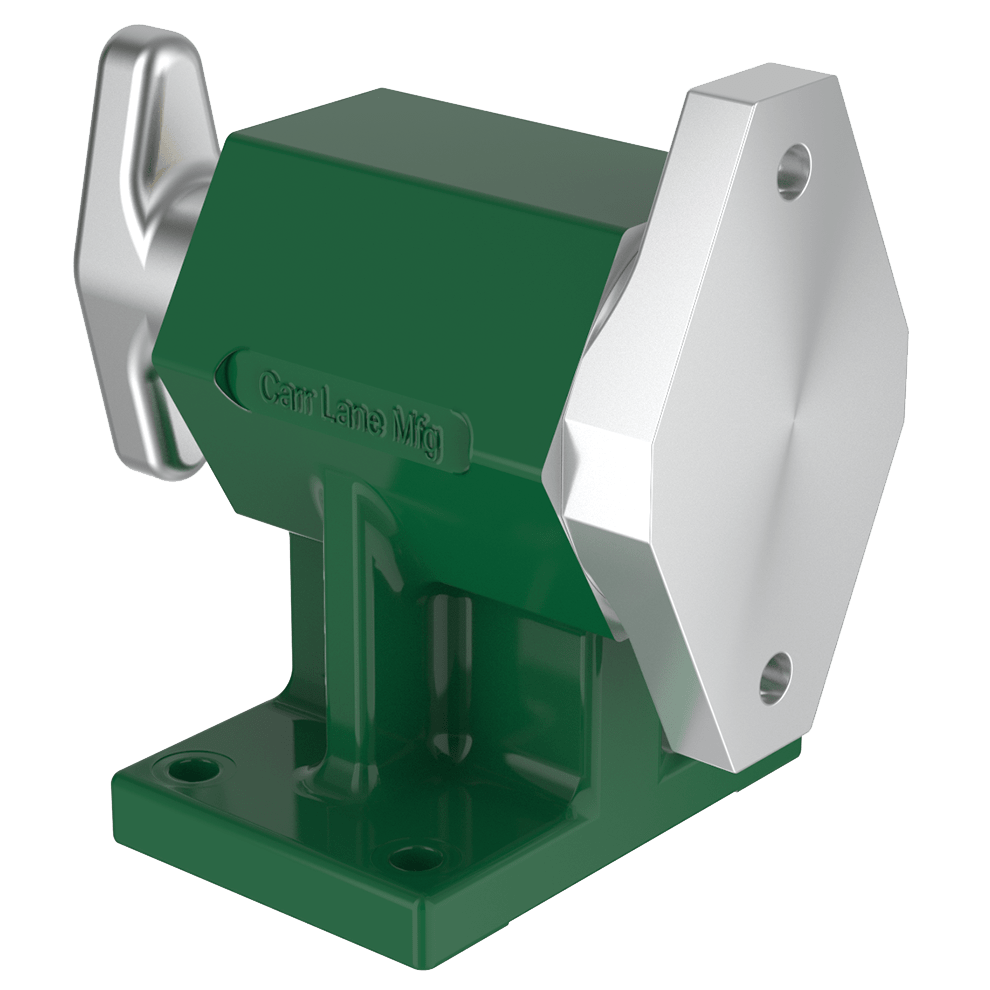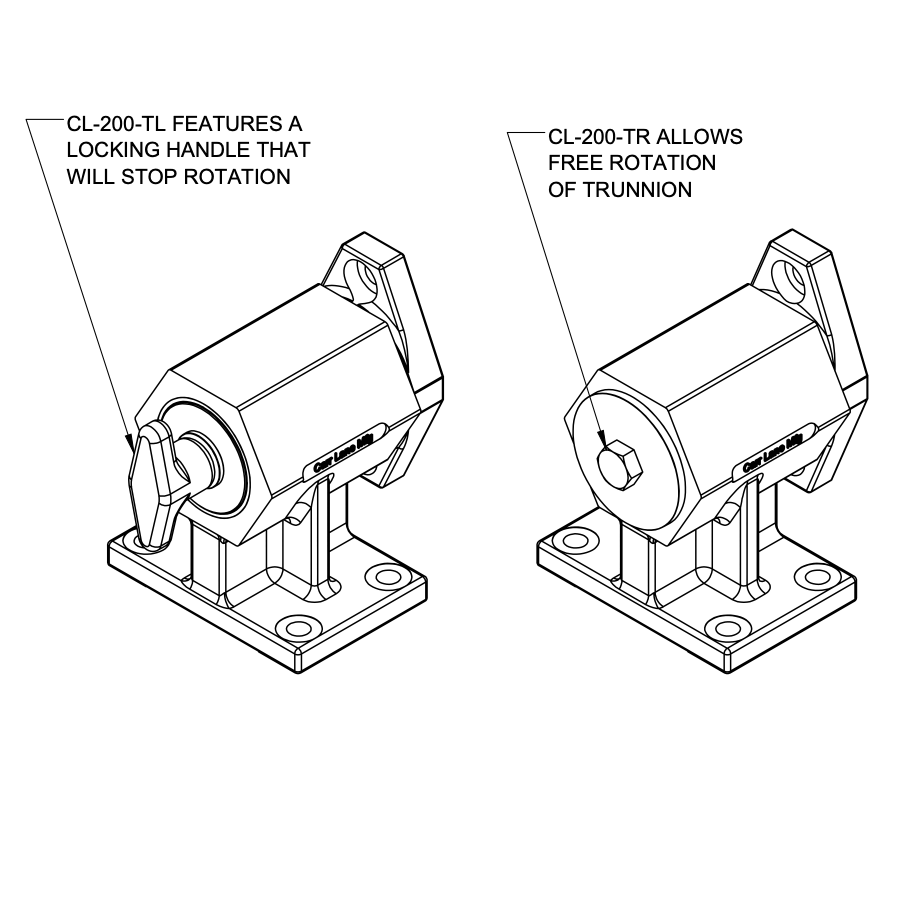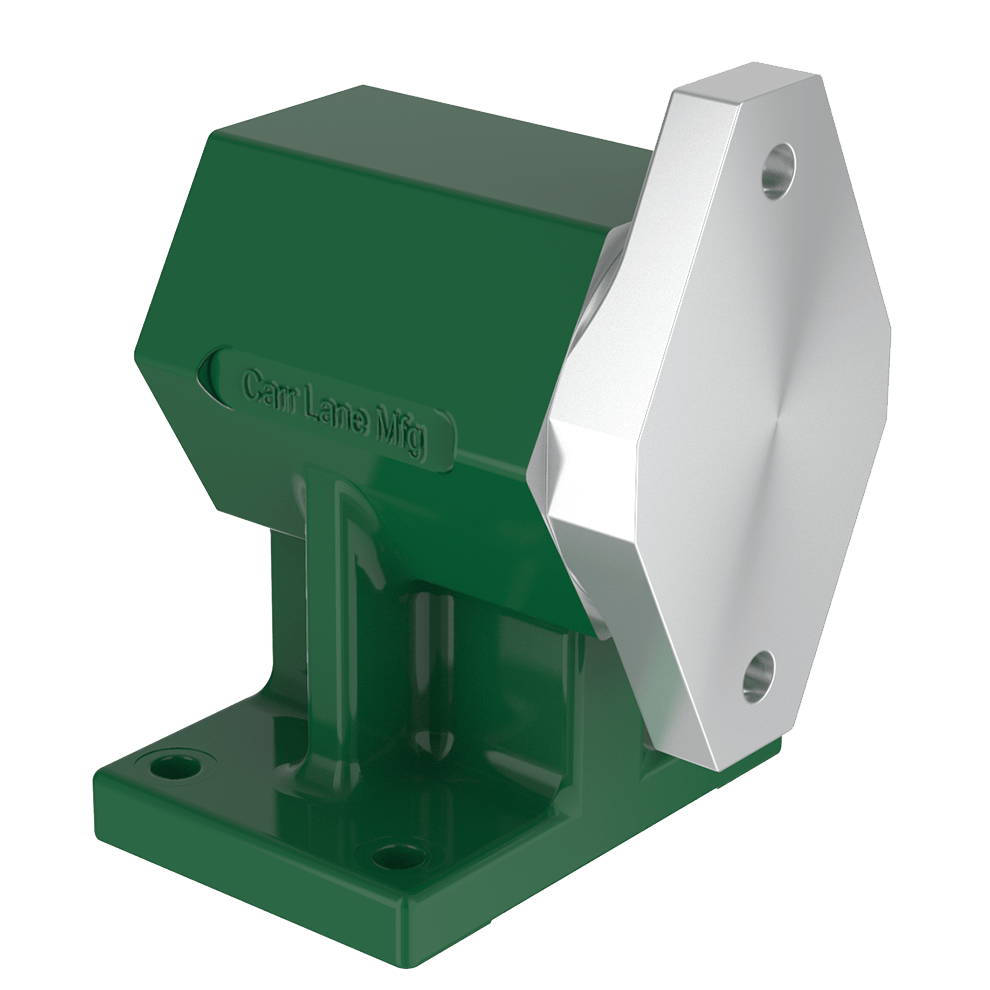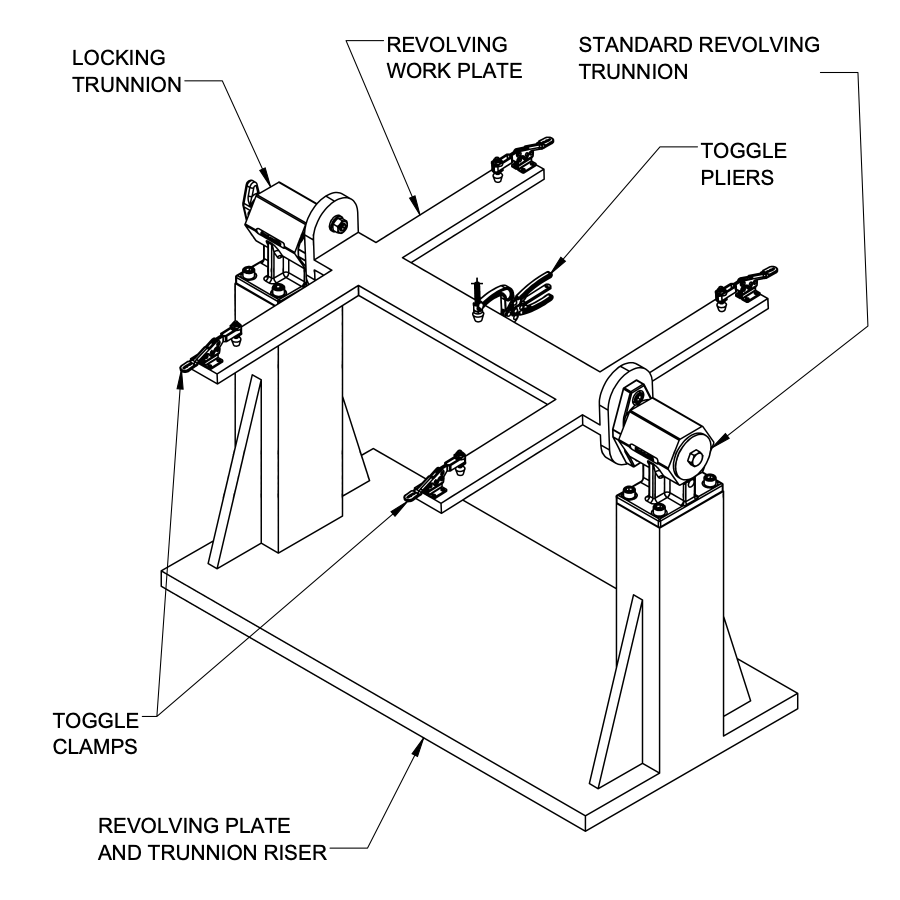Trunnions are mechanical components used in engineering and machinery. They are usually cylindrical or conical projections or pivots that provide support and enable the rotation of a structure or a part of a mechanism.
The primary function of trunnions is to provide a stable axis of rotation or oscillation for a moving part. They are typically attached to the object or structure being rotated or oscillated.
Types of Trunnions: Locking and Non-Locking Trunnions

A locking trunnion is a specialized type used to secure and immobilize a supported component in a specific position. It incorporates a locking mechanism to prevent unintended rotation or movement.
The locking mechanism in a locking trunnion can take different forms, depending on the design and application. It may employ locking pins that engage with corresponding holes or slots, clamping mechanisms such as levers or screws to exert pressure and hold the trunnion in place, or cam locks that rotate and exert a locking force.
A locking trunnion aims to ensure stability, precise positioning, and safety in situations where the supported component needs to be fixed in a desired orientation or angle. It allows for controlled movement and immobilization of the component as needed.
Locking trunnions find applications in machinery, manufacturing, robotics, and aerospace industries, among others. They are beneficial in scenarios that require secure fixation during machining operations, assembly processes, or any application where stability and controlled positioning are vital.
Explore Locking Trunnions at Carr Lane Mfg.


A non-locking trunnion, or revolving trunnion, refers to a type of trunnion that lacks a mechanism or feature to secure the supported component in a fixed position; unlike a locking trunnion, which incorporates a locking mechanism to immobilize the component, a non-locking trunnion allows for free rotation and movement.
Non-locking trunnions are commonly used in applications where rotational flexibility is desired or required. They provide a stable pivot point for the supported component, allowing it to rotate or move as needed without being locked into a specific position. This can be advantageous when continuous or adjustable movement is necessary, such as in machinery, rotating platforms, or certain types of articulating arms.
It’s worth noting that in some cases, additional components or external means may be employed to restrict or control the range of movement of the non-locking trunnion. For example, limit switches, mechanical stops, or other mechanisms can be implemented to define specific rotation angles or limits.
Explore Revolving Trunnions at Carr Lane Mfg.
Most applications benefit from using both types of trunnions together, providing support at either side of the fixture plate. The entire assembly can then be locked on one side to prevent rotation.

Applications for Trunnions
Drill-Jig Fixtures
Trunnions are often used in drill-jig fixtures, which securely hold workpieces during drilling. The trunnion is a pivotal point, allowing the fixture to rotate and accurately position the workpiece. All of these pieces help with precise drilling.
Welding Fixtures
Welding fixtures hold workpieces in the correct position during welding. Trunnions provide rotational movement, helping adjust the workpiece’s orientation for the best welding alignment. This helps ensure accurate and consistent welds, especially in applications where multiple welds must be made on different sides or angles of a workpiece.
Machining on a Vertical or Horizontal Mill
Trunnions can be used for light manual machining operations on vertical or horizontal milling machines. The trunnions help rotate and position the workpiece accurately for milling, drilling, or other machining operations. By securely holding the workpiece and allowing it to rotate, trunnions enable machining from different angles and multiple sides without requiring repositioning.
Carr Lane Mfg. Trunnion FAQs
How Many Trunnion Sizes Do You Offer?
Carr Lane Mfg. offers two sizes of trunnions with load capacities of 1,800 lbs. and 2,500 lbs.
What Are Trunnions Made Out Of?
Common materials include aluminum alloy, steel, cast iron, and bronze. The choice of material depends on the application, load requirements, and environmental conditions.